Well, neither can I sometimes. I have been considering doing this post for quite awhile because I had become convinced, wrongly as I now know, that the Scheidt Hardware building, originally the Maplewood Theater, had cast iron bollards on each of the front corners.
To begin, I have no idea how long vehicles with wheels have been around. The Egyptians had chariots, didn’t they? If so, they must have had other sorts of machines with wheels? Doesn’t matter in this case because this article is not about them. This article is about a problem that arose when a wheeled vehicle passed too close to a building or some other immovable object. The rear wheel closest to the object being passed could easily become hung up on that object causing an immediate cessation of forward momentum with all of the accompanying travail; i.e., damage to the wheel, the vehicle and the operator.
Someone many eons ago came up with a clever solution to this problem. It’s a solution that’s still around today. Wheel guards. Some of the first ones were probably made of wood because wood is easier to shape than stone. But as you might suspect the better buildings and the better neighborhoods would probably have gone with stone. In modern times, cast iron was used in a wide variety of styles from the very simple to the very elegant.
Some wheel guards survive in Maplewood. A pair of the most visible are on the corners of the Scheidt Hardware store. If you’re new in town and think of the hardware store at 7320 Manchester as a True Value, I still call it by its original name, even though the Scheidts have fled the scene.
Reluctantly I have to quit thinking of the corner protectors on the Scheidt building as bollards and will have to refer to them, ever after, as the less romantic wheel guards.
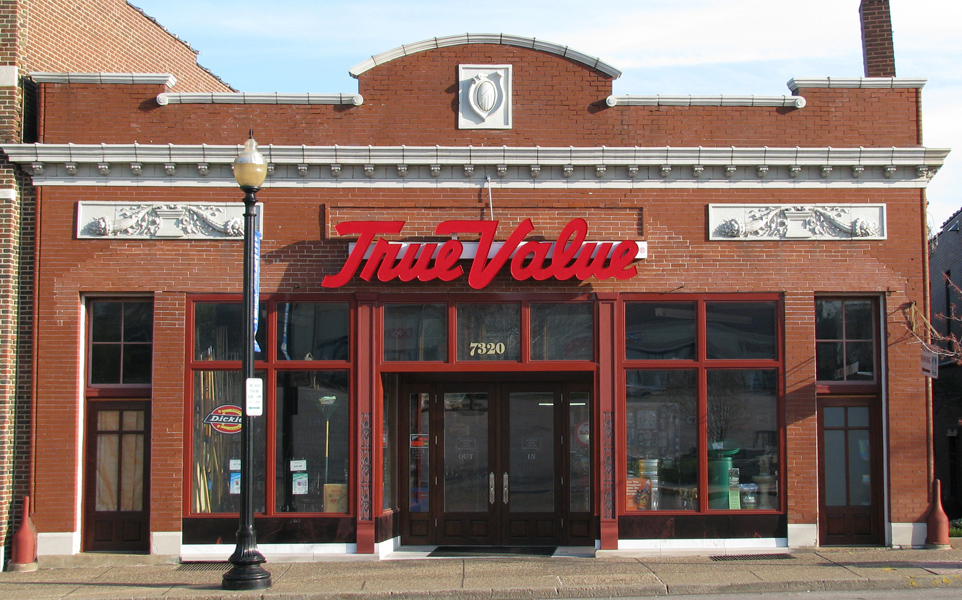
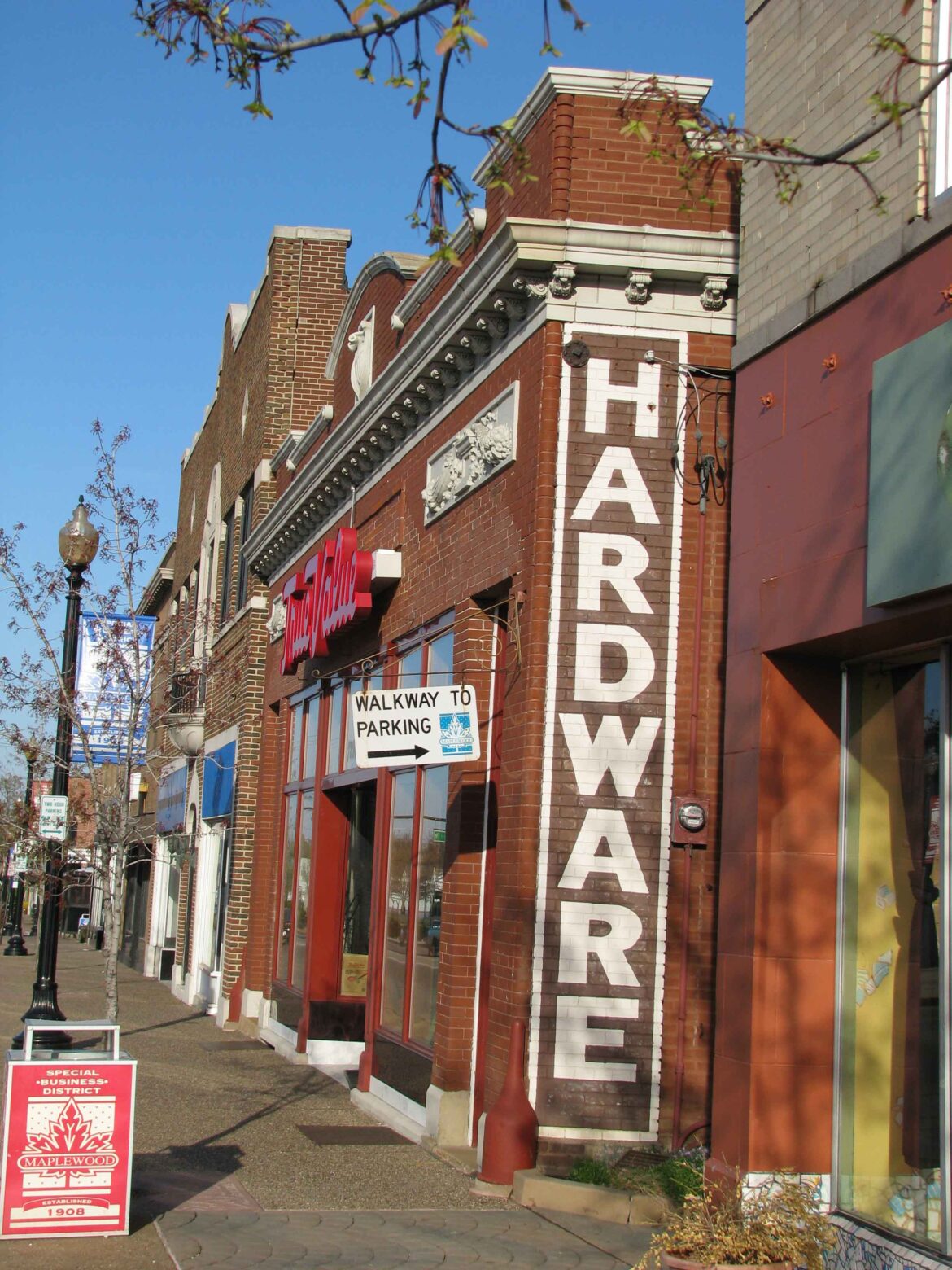
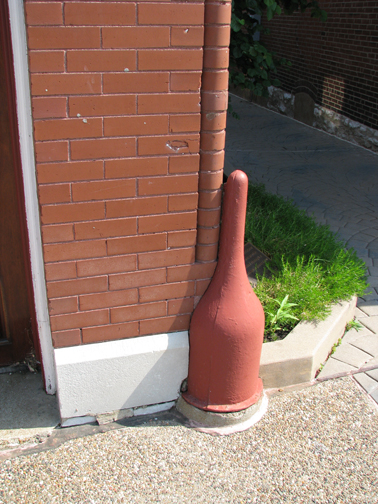
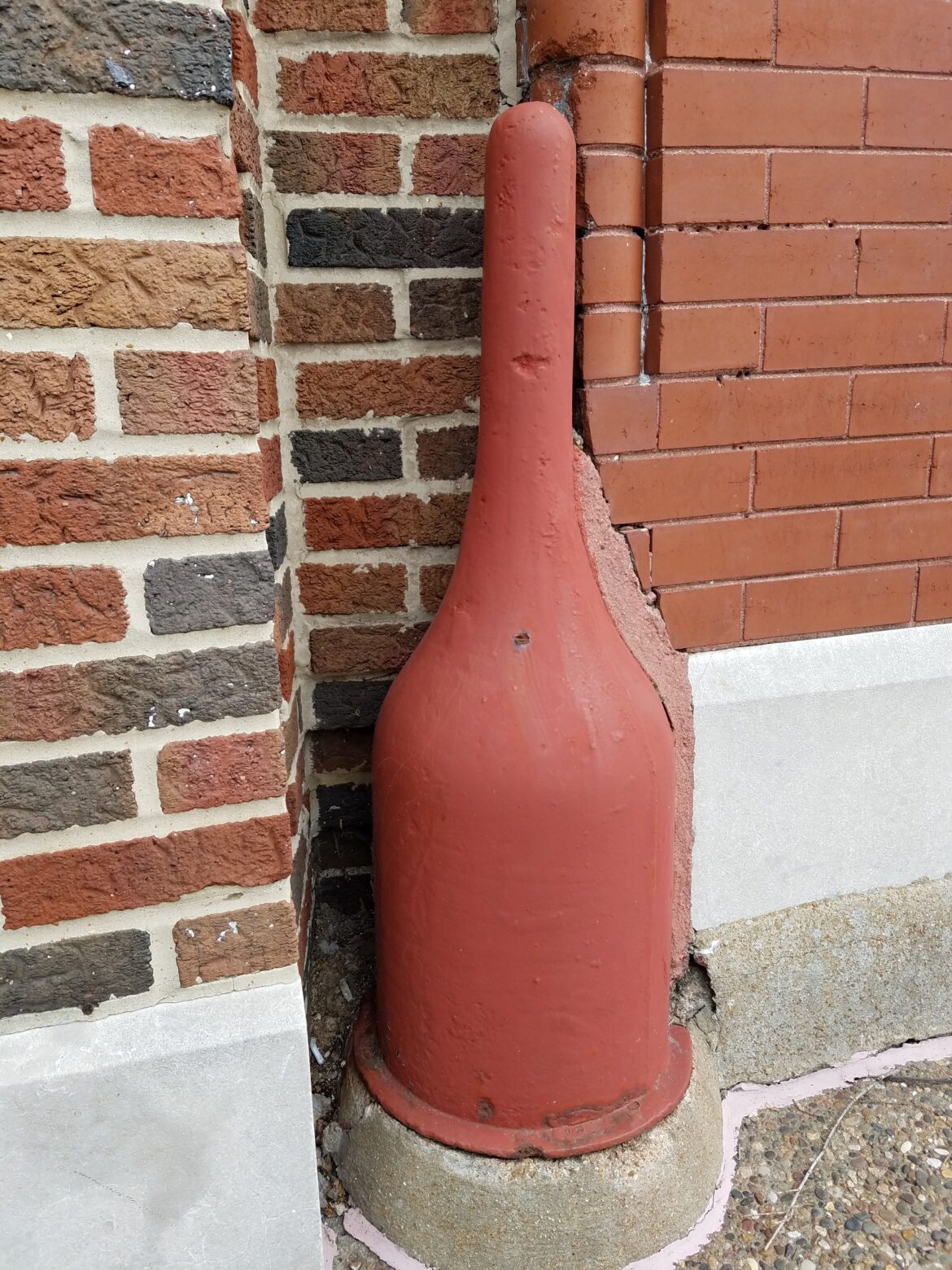
One day, this past winter, I was at the National Building Arts Center in Sauget, Illinois. A friend and I had delivered the coal stove that once heated the Maplewood Depot to their collection.
While we were looking through their splendid library, ably assisted by the curator, Emery Cox, I had the idea that perhaps information on these cast iron relics might be found in some of the old foundry catalogs in their collection. I didn’t find the information at that moment but found quite a bit later on as you will see. Mr. Cox gets the credit for aiding the search and the final very satisfying discovery.
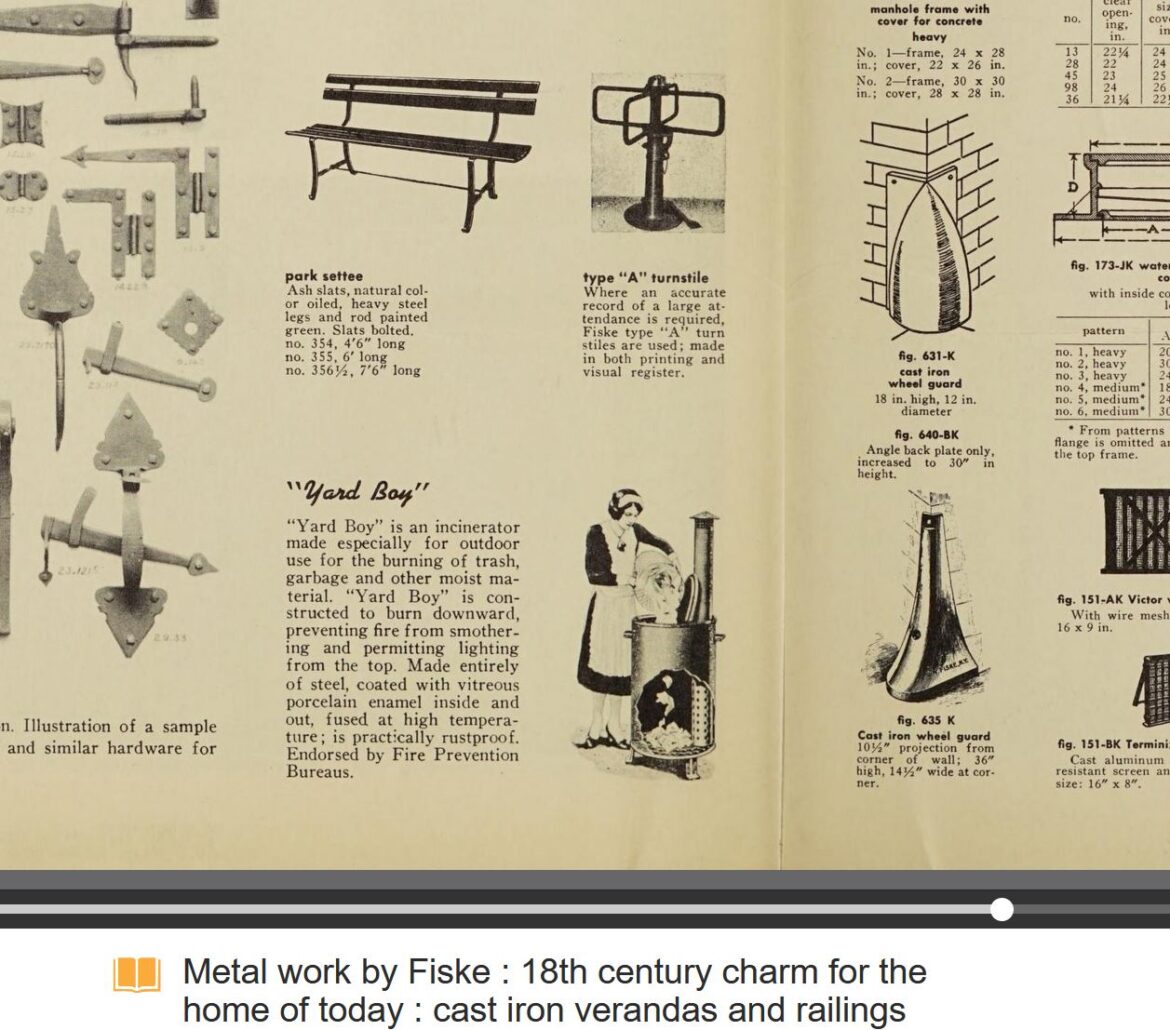
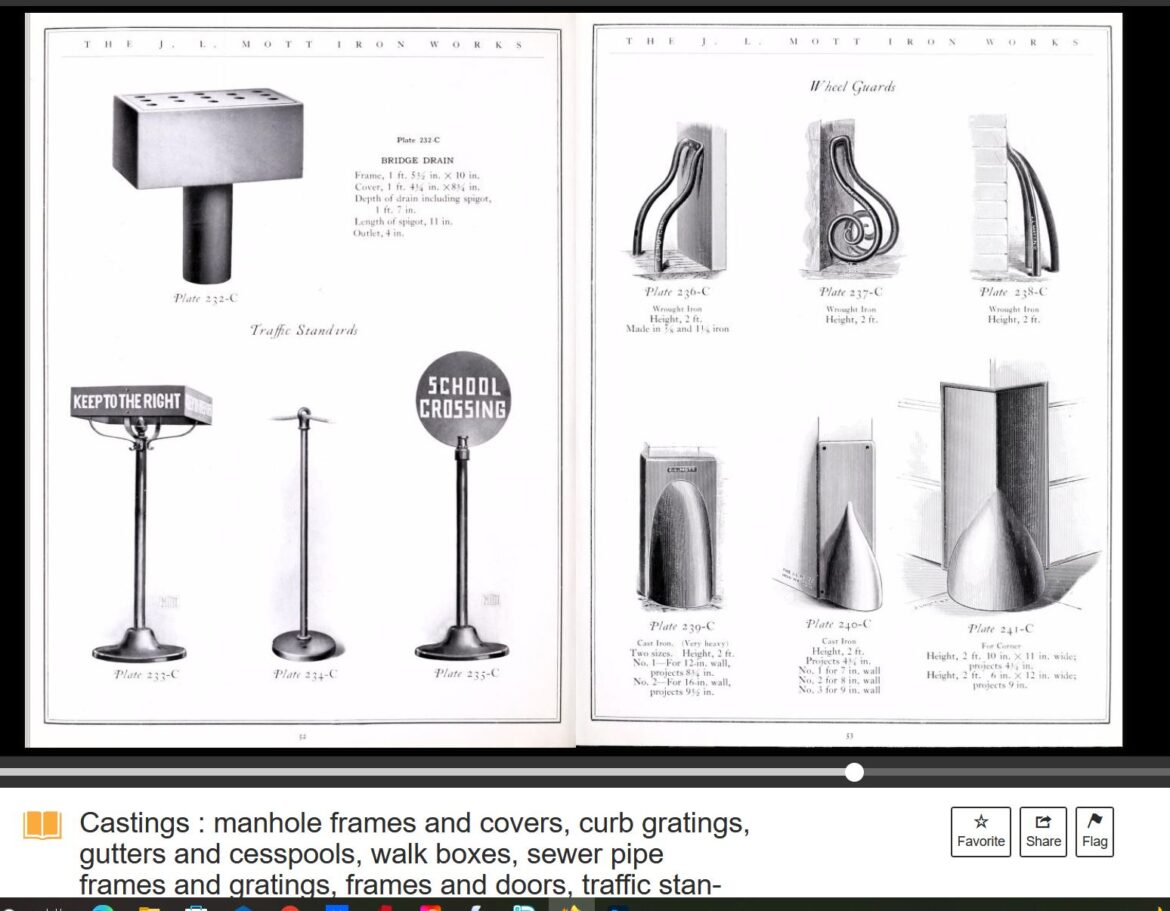
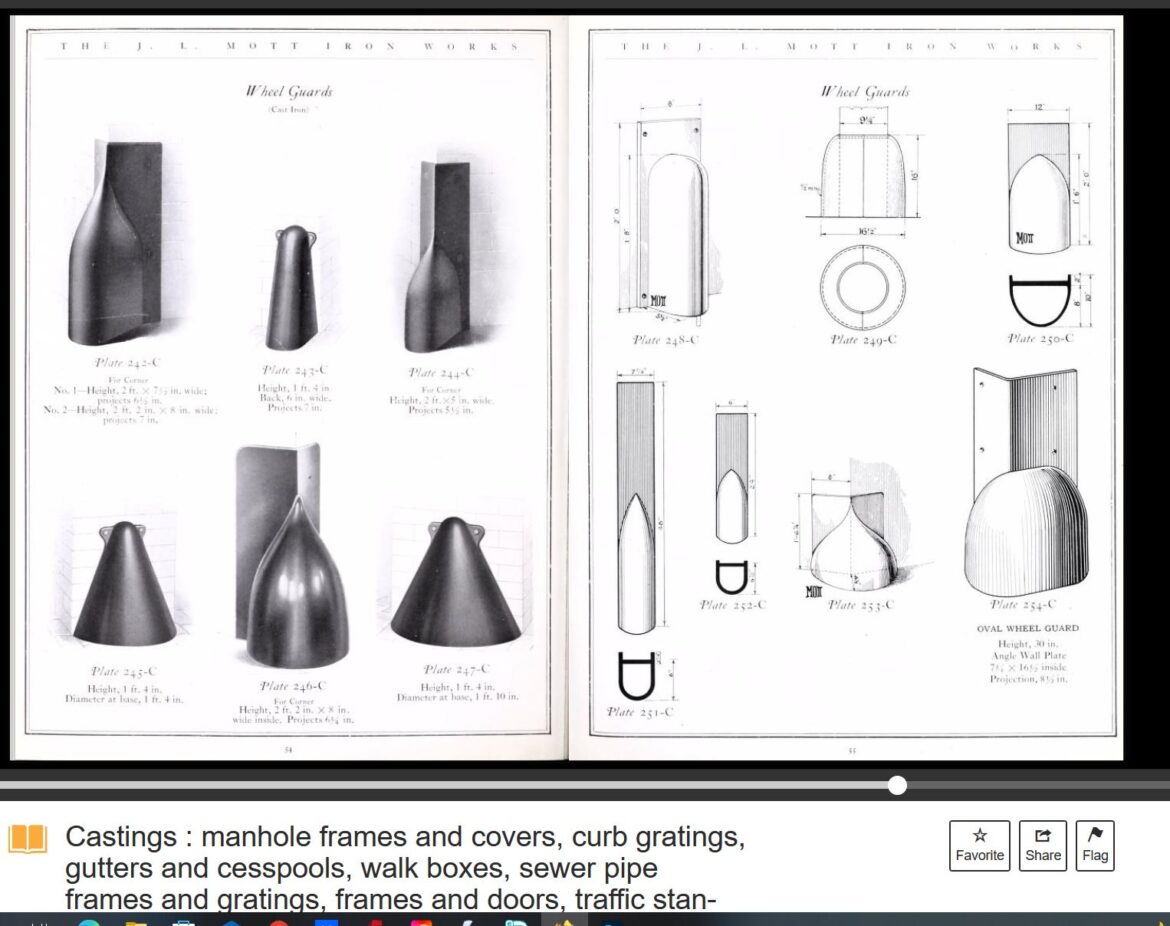
Well, now I knew what a wheel guard was but I still needed to clarify what a bollard was.
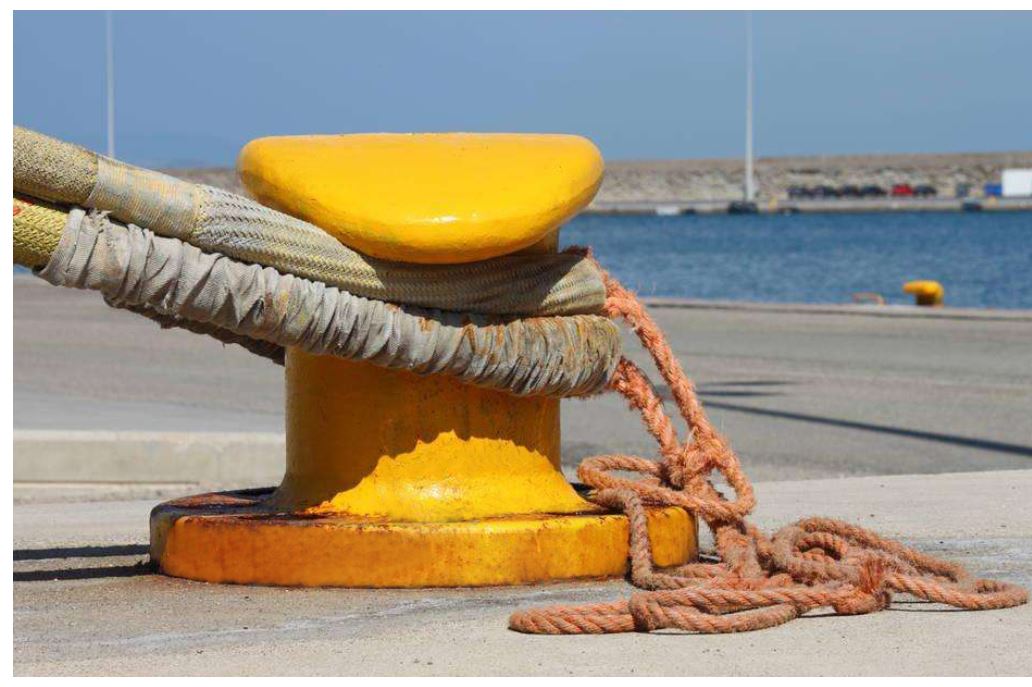
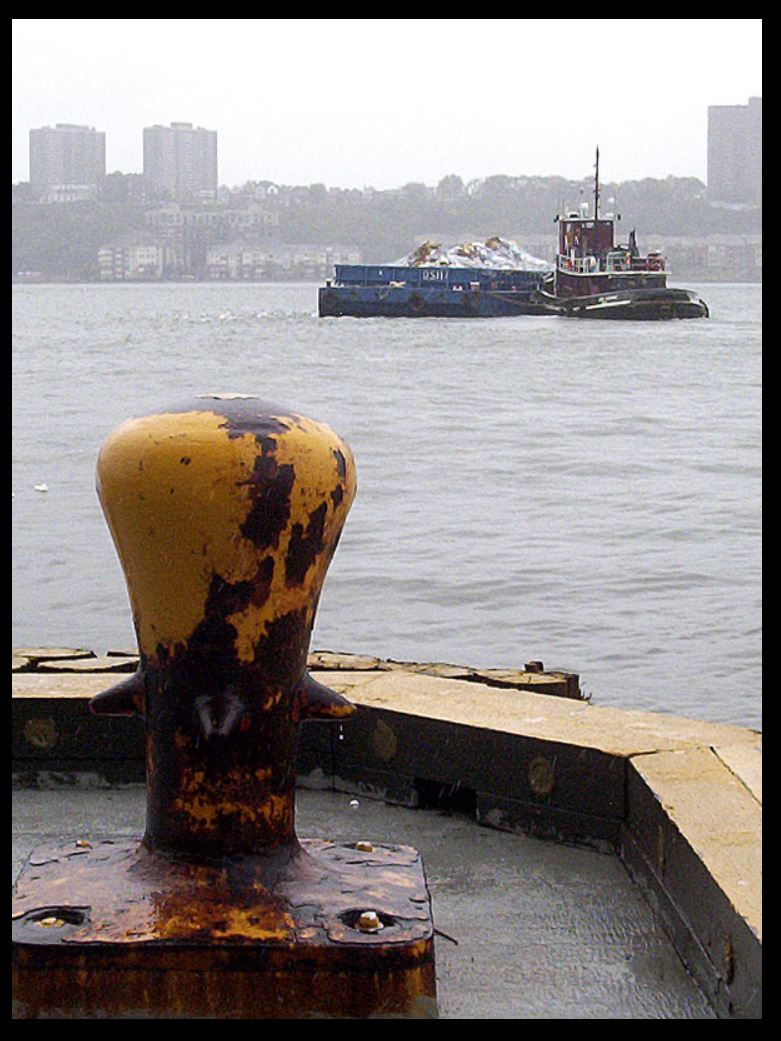
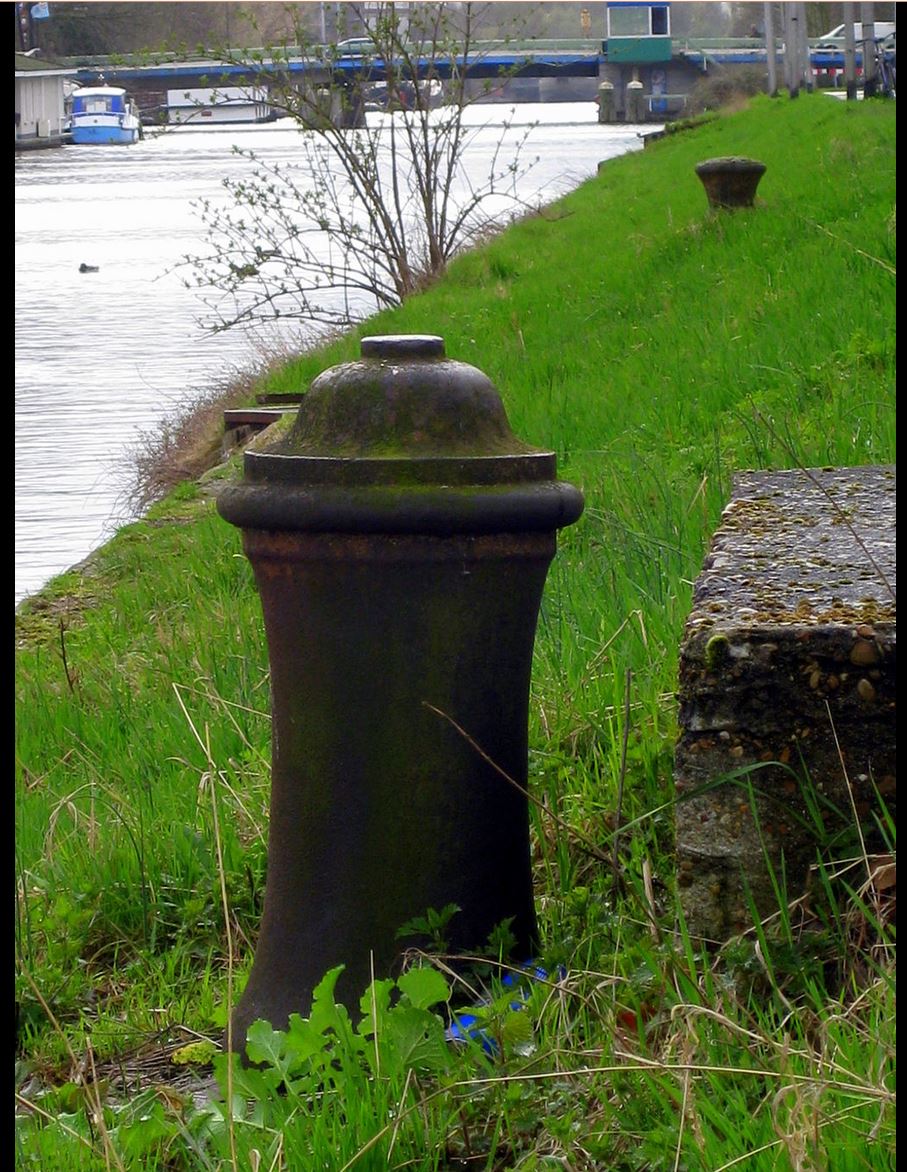
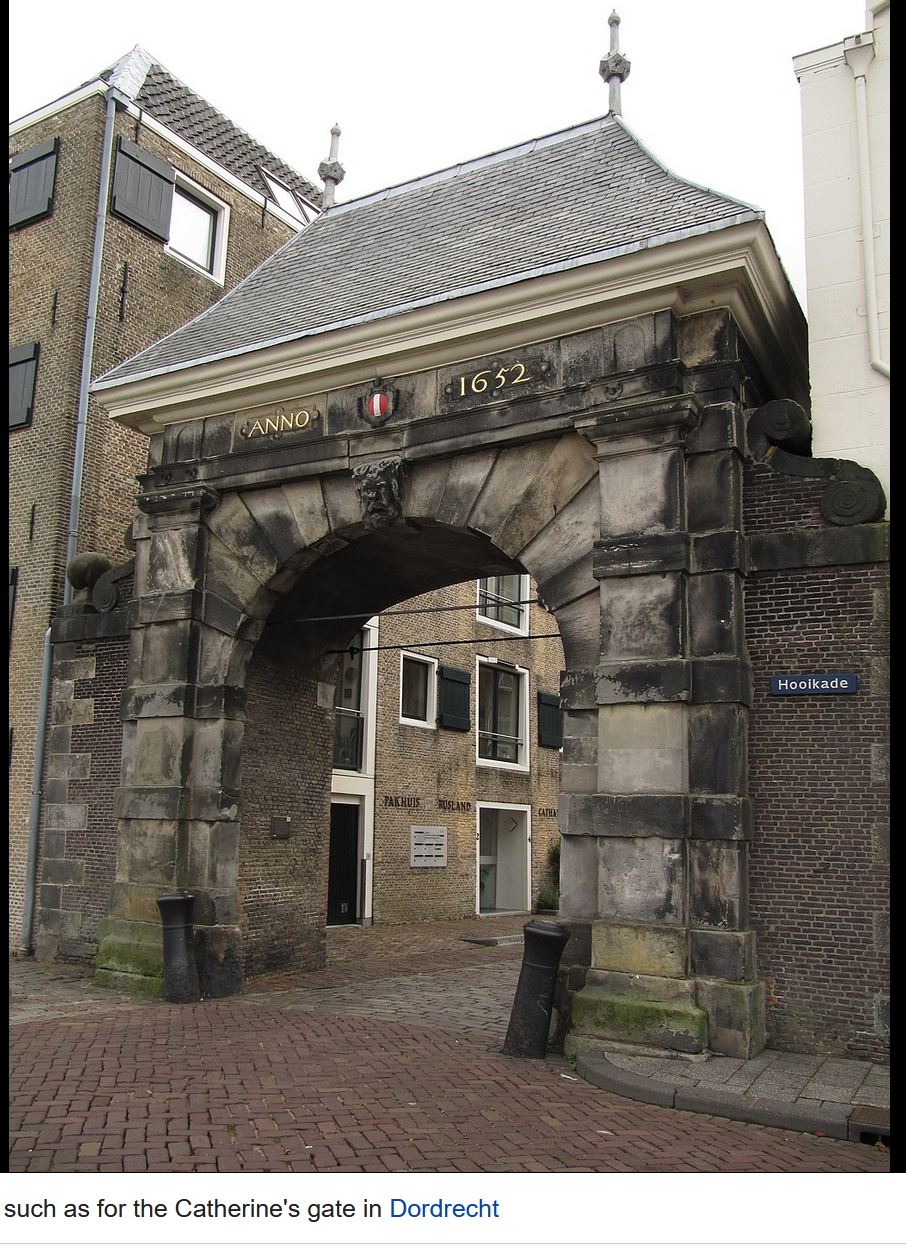
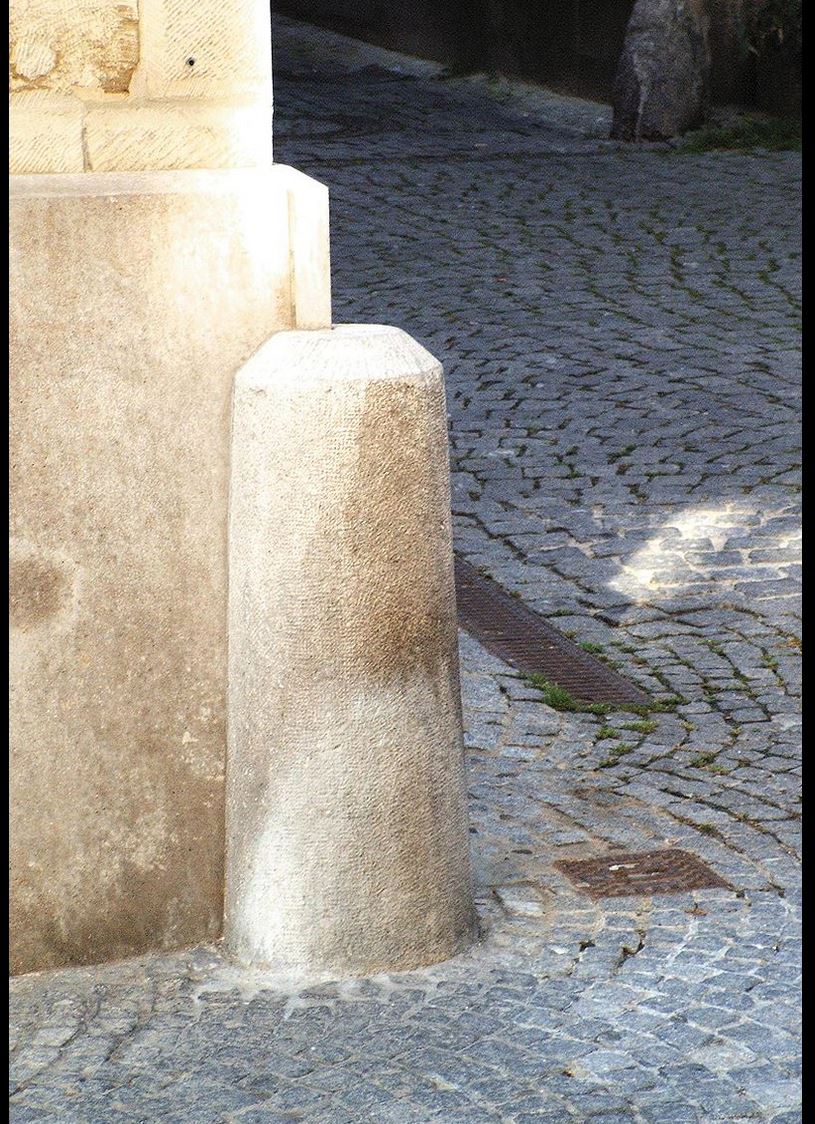

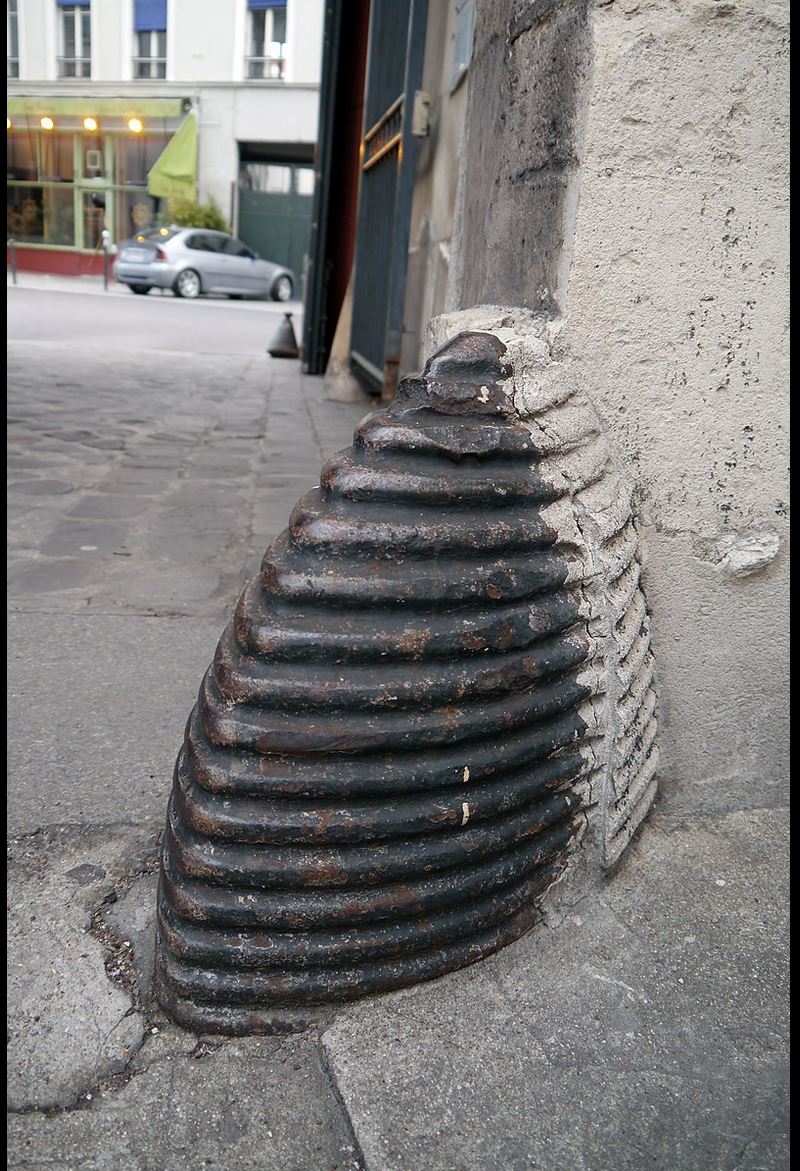
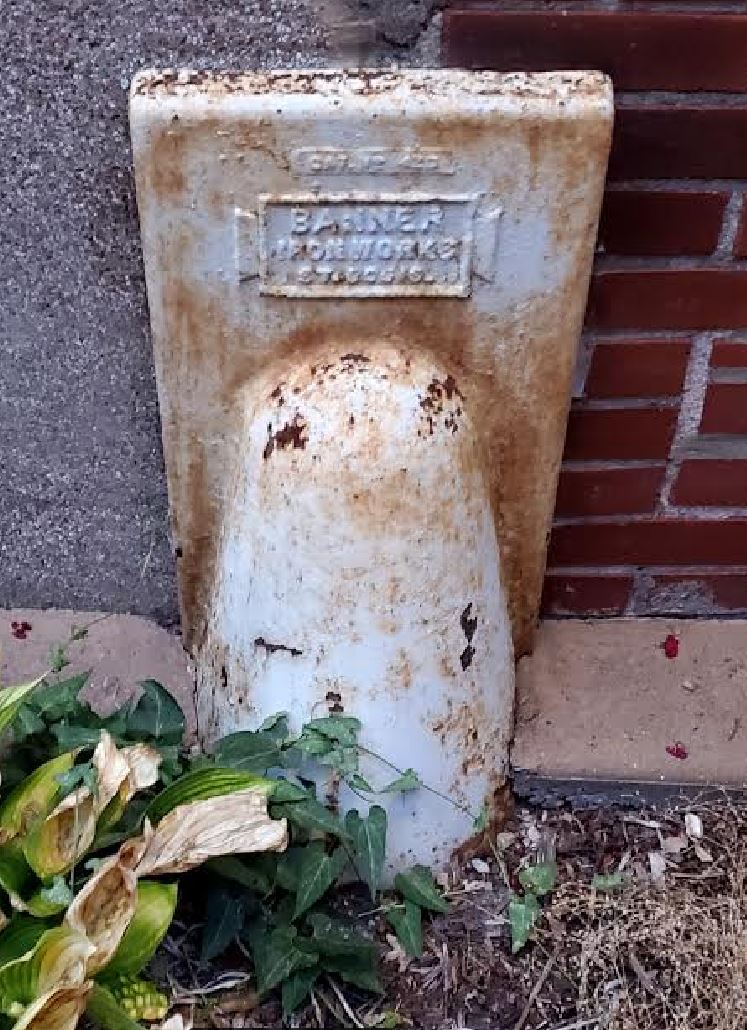
I sent this photograph to Emery at the NBAC and, man, did he come through on this one. See the following image.
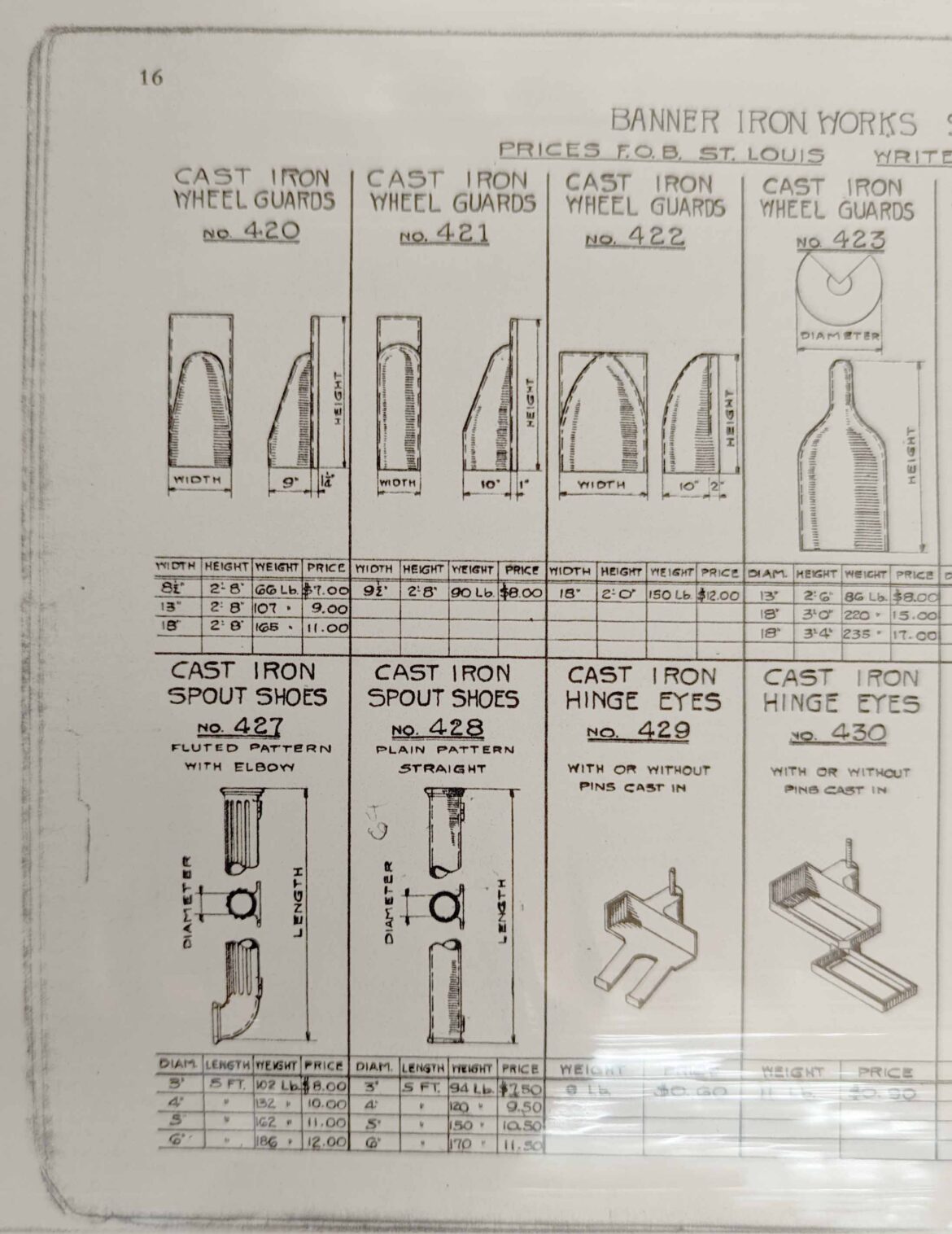
A little searching on the internet turned up that Banner Iron Works was very close to where O’Connell’s Pub is today. Right next to it, in fact.
As for what is a bollard? There are thousands of different types. Many of them are simply short poles, some permanent, some removable, to keep you from driving down a certain street. That sort of thing.
But to further complicate things, there are a few that seem to be both bollard and wheel guard.
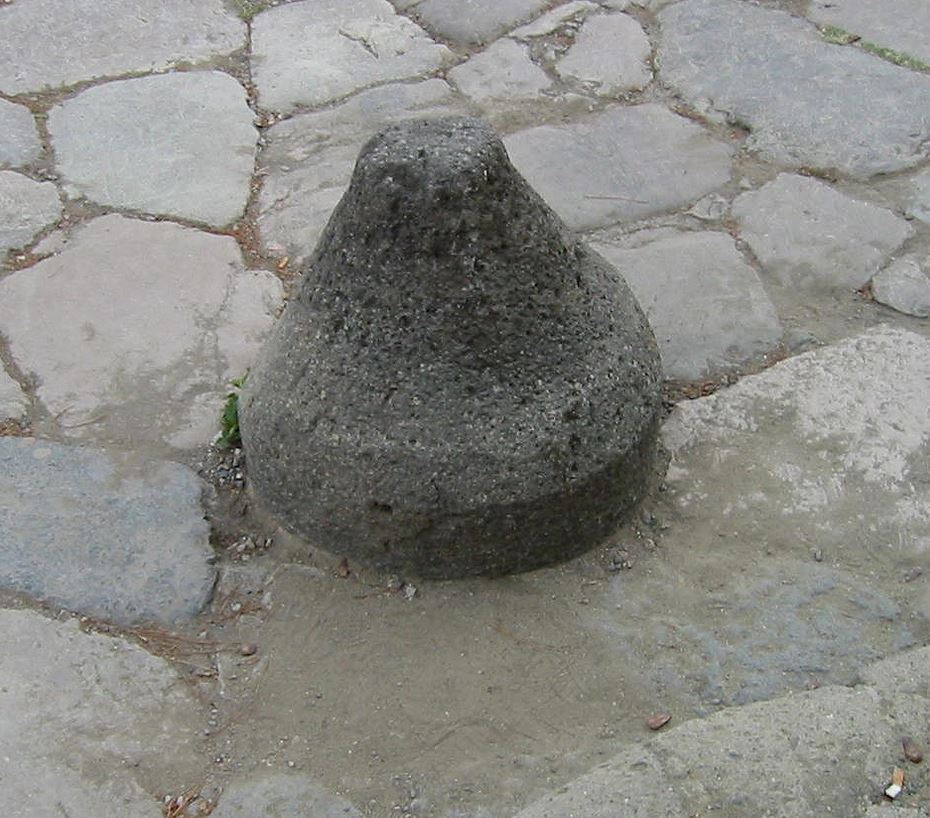
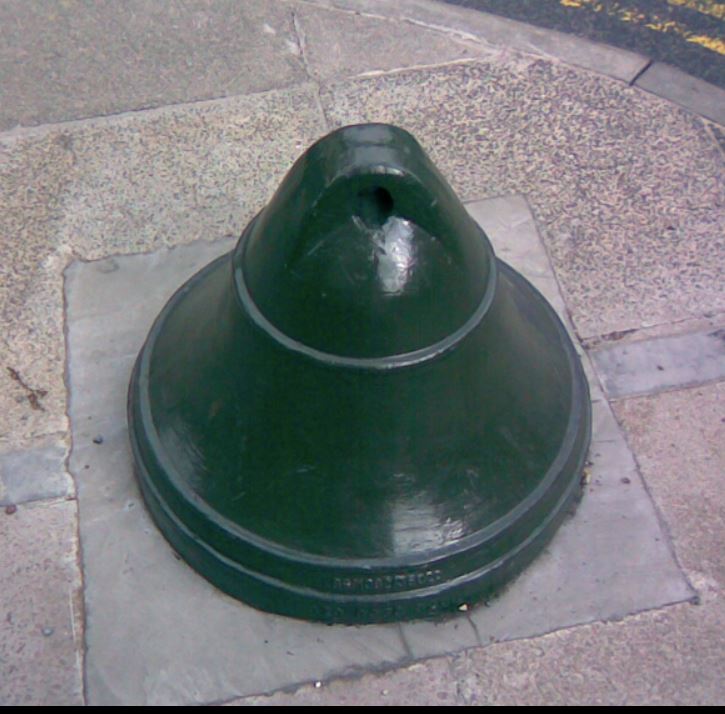
As of this writing, I only know of three wheel guards in Maplewood. There must be more out there. If you find one, send me a photo or let me know the location and I’ll take one of it. They are an attractive relic of an earlier age.
As always, I appreciate the interest and support that you all have shown and continue to show.
Doug Houser August 13, 2022

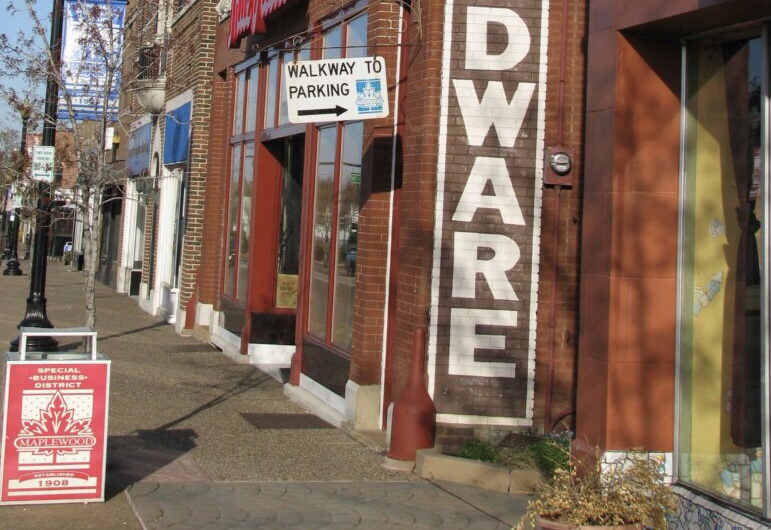
Seeing your pictures of bollards in Europe makes me realize how many there are in Milazzo, Sicily – both at the port and around the city. Thanks for the history lesson!